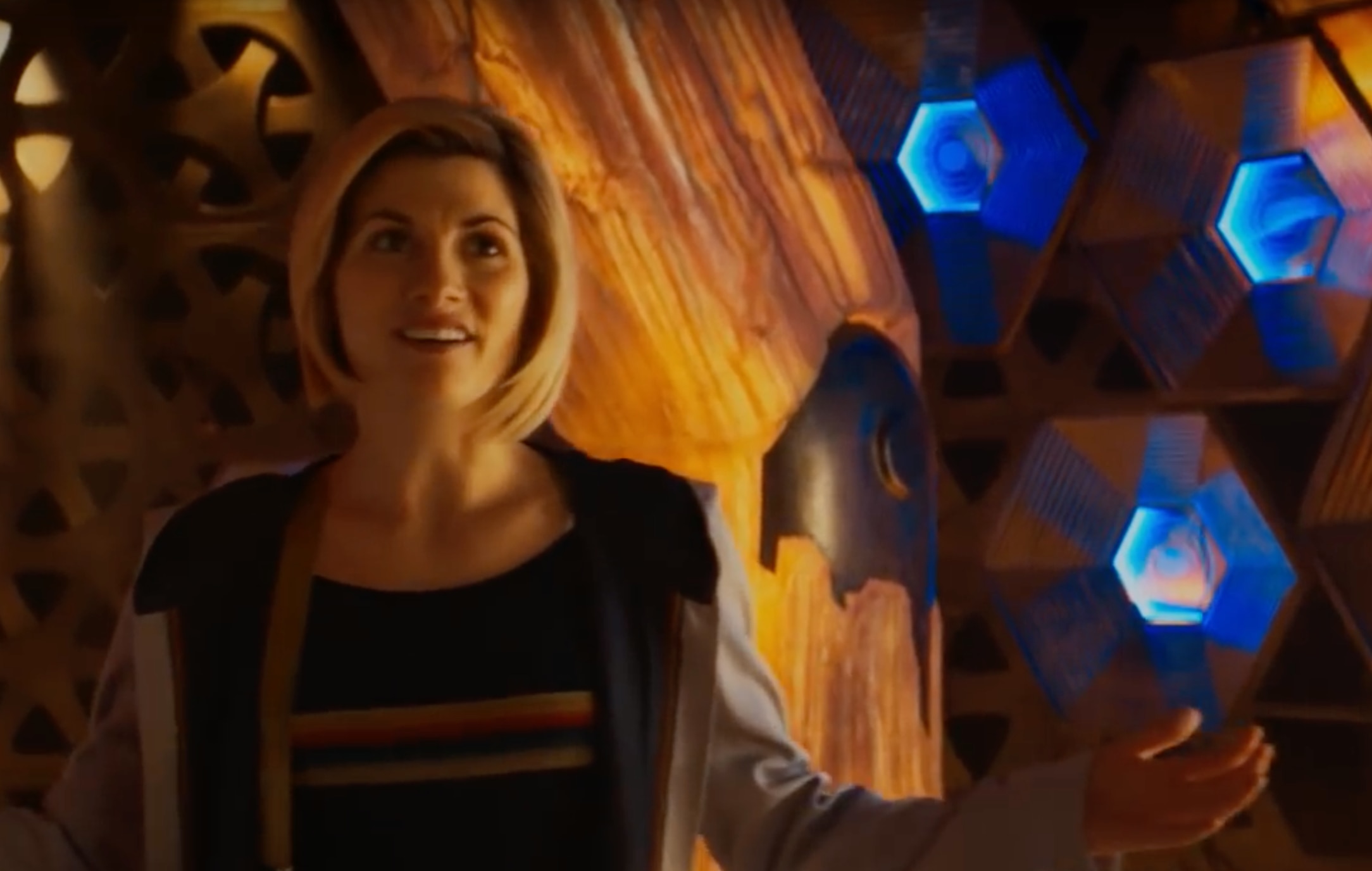Create a free profile to get unlimited access to exclusive videos, sweepstakes, and more!
This freaky computer can see more versions of the future than Doctor Who

Doctor Who can travel through all of time and space, including every parallel universe possible, in the TARDIS — and now an actual computer can (almost) do that.
While the new quantum simulator can’t possibly find out what happens in infinite versions of the future, it can see into 16 of them. Scientists managed to blur the lines between science and fiction by encoding all 16 possible outcomes onto just one photon, or quantum particle of light, which made its way down several paths and past multiple sensors at the same time. Things got freakier when they started firing two photons next to each other.
Using this method, the scientists were able to pull a Doctor Who and see how different conditions would give each photon different futures. Or Doctor Strange, if that’s your fandom. He does have to look through 14 million versions of the future in Avengers: Infinity War just to see which one the Avengers would triumph in.
“A key feature of the photonic quantum information processor is that it creates a quantum superposition of all possible future trajectories that the system can evolve into,” said physicist Mile Gu and colleagues in a study recently published in Nature Communications.
The computer you’re probably reading this from stores information as bits, or the binary digits 0 and 1. Quantum computers code such information into qubits. These quantum bits are subatomic particles that can simultaneously exist in a superposition of two different states. The qubit in question can either equal 0 or 1 until someone actually measures it.
Gu and his team used a classic model, the perturbed coin, to test their quantum prediction engine. It’s kind of like a warped coin toss. Imagine a box containing one coin being passed around so each person shakes it just a little.
The coin has a slight probability of flipping each time. What side of the coin ultimately faces up depends on its previous state. If it slipped during one shake, it would be more likely to stay on that side on the next shake.
The researchers conducted their experiment like this, except with a photon instead of a coin, and ran it twice to find out the outcome of a “strongly shaken coin” and a “weakly shaken coin.” The so-called “box” was “shaken” four times in each experiment, so there could be 16 possible combinations of “heads” and “tails.” After all the “shaking” was done, the superposition of all these outcomes in that one photon was encoded. Meaning, the probability of each possible outcome (based on how strongly the box was shaken) was shown right there. Putting all these superpositions together gave the team a map of all possible futures.
"This showed us how quickly the futures diverged depending on how hard I shook the box at each step," Gu told LiveScience.
As if 16 weren't enough, Gu hopes to advance the simulator’s technology even more so it can eventually show even more possible futures. The tech looks promising. Quantum computers should eventually get large enough to see so many futures that they will be able to predict everything from the weather to the fate of the stock market. Start investing.
Even though we aren’t Gallifreyans, we will someday see the closest thing possible to a parallel universe without any danger of getting stuck there like a certain blue phone box.
(via LiveScience)


























